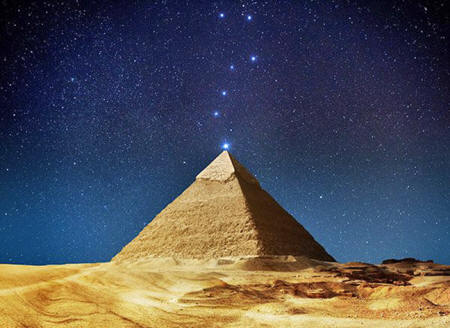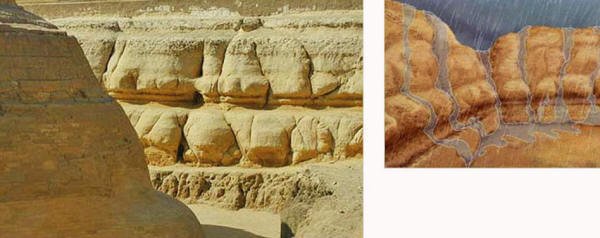|
from Collective-Evolution Website
Formerly working as a journalist for the
big media companies, he set off on a journey to discover the real
truth of our origins. His research is startling, and quite possibly
erases the old narrative of history.
This of course means that there had to
have been long periods of rainfall in the Sahara Desert at the time
it was built, as water must have been touching it long enough to
cause the erosion seen on the Sphinx.
Was the Sphinx perhaps built at a much
earlier time, like right after the Ice Age when the climate was
drastically different?
The Sphinx
The Gobleki Tepe is a monument in
Turkey which dates back to approximately 11,000 years ago. It
remains show a structure consisting of carefully engineered stone
tablets and carvings of animals such as lions and gazelles that
lived nowhere near Turkey at the time.
And as for where the ancient peoples
came up with the idea to carve those animals out? No idea.
Most remarkable is the Piri Reis map, put together by a cartographer in 1513 that accurately depicts the world and its continents connected, including Antarctica.
Antarctica is actually shown as a
habitable place, once housed by humans.
But where are these fingerprints sourced from? Graham Hancock contends that Antarctica was once Atlantis.
He believed that the entire continent was once booming with life until natural disasters changed the climate to the point that sea levels rose and temperatures dropped.
Graham Hancock’s accumulated evidence certainly creates a strong case for it.
"This power came forth out of the Atlantic Ocean, for in those days the Atlantic was navigable" Plato
|



